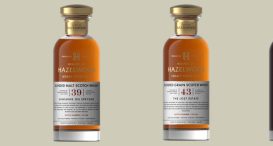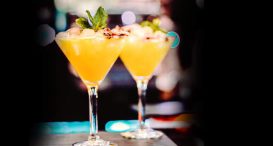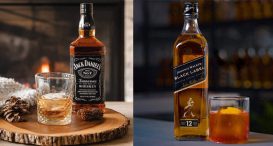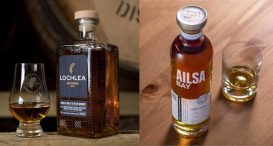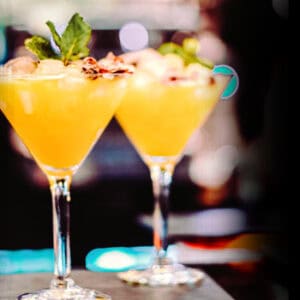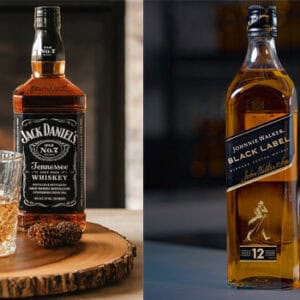What is luxury?
let’s begin
Ever bought a whisky because it feels just a little bit special? Lot’s of us have, it’s fairly common, and even people who don’t regularly drink whisky regularly will sometimes have whisky to celebrate, or even have a collection of whisky for all sorts of reasons be it for investment, for the love of bottle or packaging design or simply because they like collecting things.
But what makes that whisky so special? What does it mean to be a luxury whisky?
Like with most abstract terms, luxury is in the eye of the beholder. It’s what you consider to be elegant, refined, something to savour and only enjoy on special occasions – or something to have on display for when guests visit the house as a form of curated decoration, or dare I say it; art.
To some, a rare and exclusive bottling from a truly excellent distiller, maybe one that is a bit more niche than others, constitutes as luxury. The Macallan, Royal Salute, Chivas Regal, The Glenlivet, or even silent distilleries such as Brora, Port Ellen or even first releases from new distilleries like Wolfburn, Dingle or Daftmill.
To many, any whisky is a luxury item when presented well or released in limited numbers, because many people consider whisky itself as a luxury spirit.
“To be luxury in whisky, most would think of highly-priced, one off rarities, put to Lalique decanters never to be drunk. To me – that’s just nuts. Luxury should reflect brand transparency; it should mean research programmes and experimentation – pushing boundaries; having wood policies, sustainable production processes, relationships with local craftsmen and basically an all-round obsession with making the best whisky possible. That’s what luxury should be”, said Ian Taylor, Global Brand Director, Malts for Bacardi
The Price of Luxury
Often with brands that market themselves as luxury, there is a price to match. That does not always denote a luxury product, however. There are a lot of “premium” brands slapping a high price tag on their Whiskies without any trace of why it should be called luxury aside from often having well-designed bottles and brands.
Take the recent spate of 3 Year Old whiskies with no proven history, no heritage and no taste credentials selling their wares for £65+ a bottle when a product such as Glenfiddich 12 Year Old, whether you consider it luxury or not, has been a brutally consistent, high quality single malt for decades and is ever-present in virtually every bar in the world, costing around £30 – £35.
On the flip side you have Port Ellen’s near-annual Special Releases bottling costing around £2,400 with little premiumness or design put in to the bottle design because the liquid does a lot of the talking.
With this type of “luxury” it’s all about marketing. If you market your wares as luxury, people will buy it as such and think they’re getting something special. However, the discerning whisky drinker, should always be wary, be open to understanding volumes of bottles released and the relative value of what they are buying – not just the retail or auction value.
So what should we actually count as luxury?
Broadly speaking, I hypothesise that there are three states of luxury in whisky.
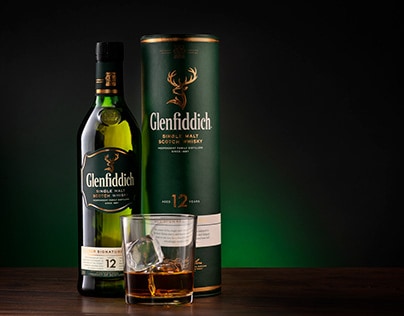
Every Day Luxury
These are the whiskies that we hear about often, can save for not too long in order for us to drink regularly, and don’t break the bank but do raise a smile and do make a nice gift.
TRUE LUXURY
These are the ones we aspire to own, the bottles without a price tag in the store – if you need to ask, you cannot afford it type stuff – and are rarely seen in the wild away from showcase whisky events such as Whisky L in Shanghai. This is where the rich play and flex their limitless credit cards. The pay off for the consumer here is that these bottles really are luxury, are very limited editions and are not available to the masses, as with any good luxury brand such as Louis Vuitton, Chanel and Tiffany, and the pay off for the brand is that those outside of this elite here about these bottles and the kudos trickles down to the lower end products in their range as consumers like to buy in to a range they can aspire to trade through and up over the years.
Unrepeatable Luxury
These are the moments of majesty in the whisky industry; a limited edition from your birth year distilled at your favourite distillery, an ancient single cask from Douglas Laing or G&M or a bottle created just for you. These whiskies are never to be seen again and are never to be seen by anyone other than you and those you choose to share them with.
Need a bit of luxury whisky in your life?
Look for something that is rare, something that you aren’t going to find anywhere else; this doesn’t mean that it should necessarily be labelled as Small Batch, or have a limited run, consider the processes that have gone into making the whisky and why they should contribute to price.
Take The Dalmore for instance. They produce luxury whisky, and it’s marketed as such. But what makes them different and legitimately able to attach that label? Well for one, they have been around for years and have an incredibly high reputation to match the label, not to mention the persona behind the brand, Mr. Richard Paterson, who travels the world as an ambassador or high quality whisky as well as the brand. They are well respected by critics and consumers alike, having won multiple awards, and their whisky is top quality. But even they have changed over the years, where once all bottles had a metal stag on the bottle, the majority (until you get to the über-luxe end of their range) have been value engineered to have plastic stags on the bottle which look the same, but do not feel the same.
Don’t let prices or marketing put you off buying luxury. There are some incredible brands out there that are true luxury and won’t break the bank. Luxury can also come in the form of blends, such as those from Compass Box which are often cheaper than their single malt counterparts and come with an element of transparency, so you know where your whisky comes from and how it’s sourced. Or indeed Blended Scotch whiskies too such as Johnnie Walker Blue, The John Walker Collection and Dewar’s 25 Year Old.
The Macallan, Bowmore, Dalwhinnie, BenRiach and many more, all produce drams that are high quality and perfect for enjoying every once in a while, when you want to celebrate or just enjoy something a bit different.
Luxury is something you have to believe as well as be told about and I believe that there’s everyday luxury, and true luxury in the world of whisky. Now, pass the Gordon & MacPhail 70 Year Old Glen Grant, I fancy a taste of unrepeatable luxury.
Greg
You might be interested in
More from the blog
Follow greatdrams
latest articles
Latest whisky
exclusively from GreatDrams
-
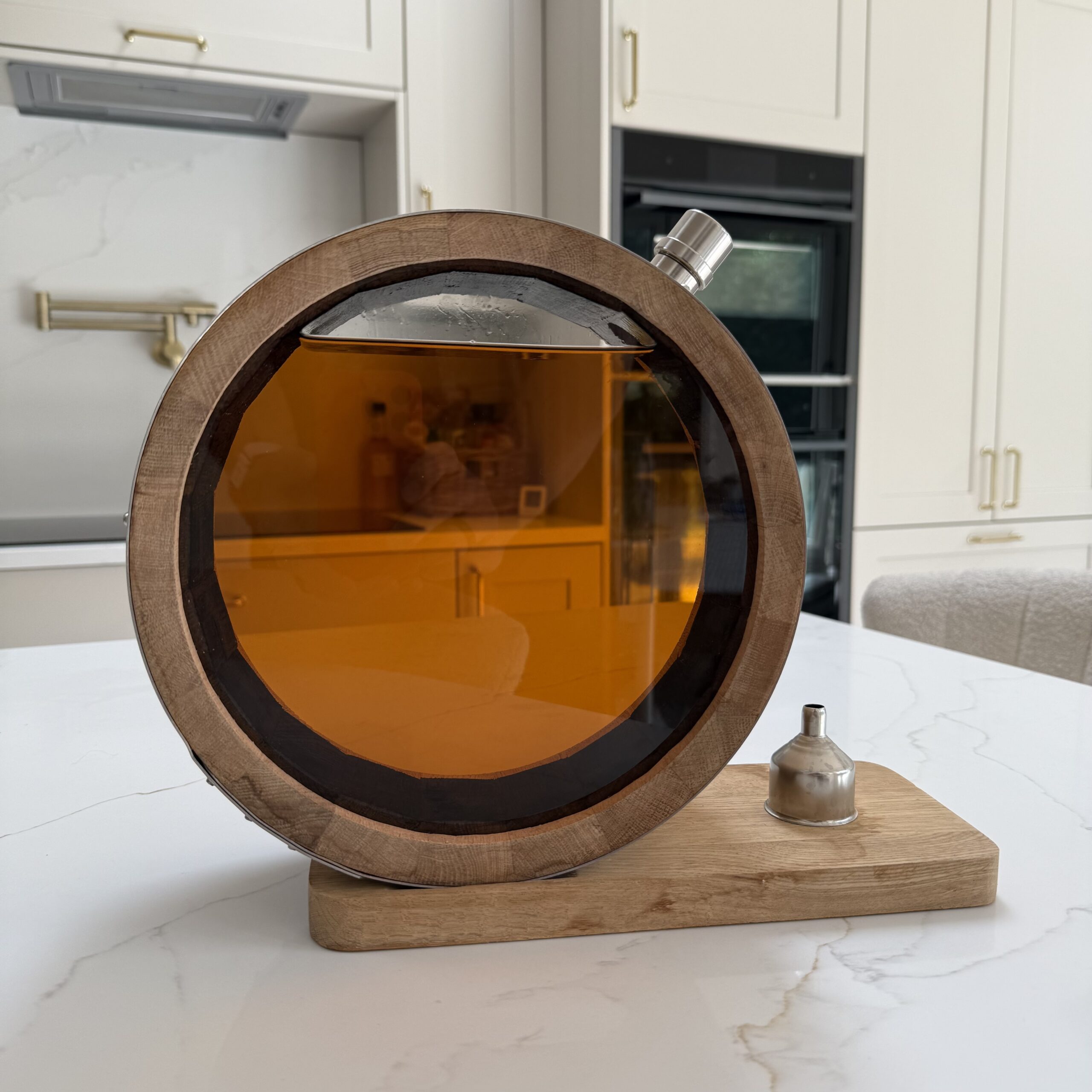
The GreatDrams Signature Barrel Decanter
£200.00 – £370.00




